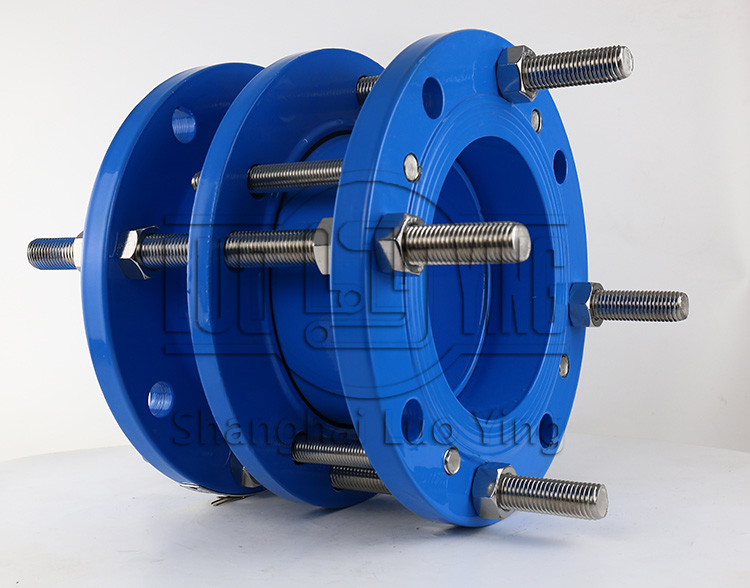C2F type double flange force transfer joints insulation material.
Aug-23-07
C2F type double flange force transfer joints insulation material.C2F type double flange force transfer joints, also known as expansion joints, are commonly used in various piping systems to absorb thermal expansion, vibration, and movement. One important aspect to consider when installing these joints is the use of insulation materials. Insulation plays a crucial role in preventing heat transfer, protecting adjacent components, and maintaining the overall efficiency of the system. In this article, we will discuss some of the commonly used insulation materials for C2F type double flange force transfer joints.
Rubber insulation: Rubber insulation materials, such as EPDM or neoprene, are widely used in expansion joints due to their excellent thermal and acoustic insulation properties. These materials provide efficient heat resistance, flexibility, and durability. Rubber insulation is also resistant to moisture, chemicals, and UV radiation, making it suitable for various industrial applications.
Polyurethane foam insulation: Polyurethane foam insulation offers high thermal efficiency, excellent adhesion, and resistance to moisture penetration. It provides effective insulation for C2F type force transfer joints while also acting as a vibration-dampening material. Polyurethane foam insulation is easy to install and offers good fire resistance properties.
Mineral wool insulation: Mineral wool insulation, such as rock wool or ceramic fiber, is known for its excellent thermal insulation properties. It can withstand high temperatures and is commonly used in applications where fire resistance is essential. Mineral wool insulation is also resistant to chemicals, moisture, and mechanical impact, making it suitable for harsh environments.

Aerogel insulation: Aerogel insulation is a highly efficient insulation material that offers excellent thermal performance in a thin and lightweight form. It is composed of a gel-like substance with a highly porous structure, which traps air molecules and reduces heat transfer. Aerogel insulation is suitable for applications where space is limited, as it offers high thermal resistance with minimal thickness.
When selecting the insulation material for C2F type double flange force transfer joints, it is important to consider factors such as operating temperature, insulation thickness requirements, fire resistance, and compatibility with the surrounding environment. Consulting with insulation material manufacturers or industry experts can help in making the right choice based on specific project requirements.
In conclusion, insulation materials play a crucial role in maintaining the efficiency, safety, and longevity of C2F type double flange force transfer joints. Rubber insulation, polyurethane foam insulation, mineral wool insulation, fiberglass insulation, and aerogel insulation are some of the commonly used options, each offering unique advantages depending on the application. By selecting the appropriate insulation material and ensuring proper installation, operators can effectively reduce heat transfer, protect adjacent components, and enhance the overall performance of the system.

